Management expert Peter Drucker said, “what gets measured, gets managed.” As a state, Utah is committed to wisely using state dollars in order to provide effective services. Recently, state agencies have been refining their strategic plans to better communicate a path to serve citizens (see executive branch agencies strategic plans). This effort focuses on the management side of the equation—ensuring that missions of programs and divisions support the overarching objectives of departments.
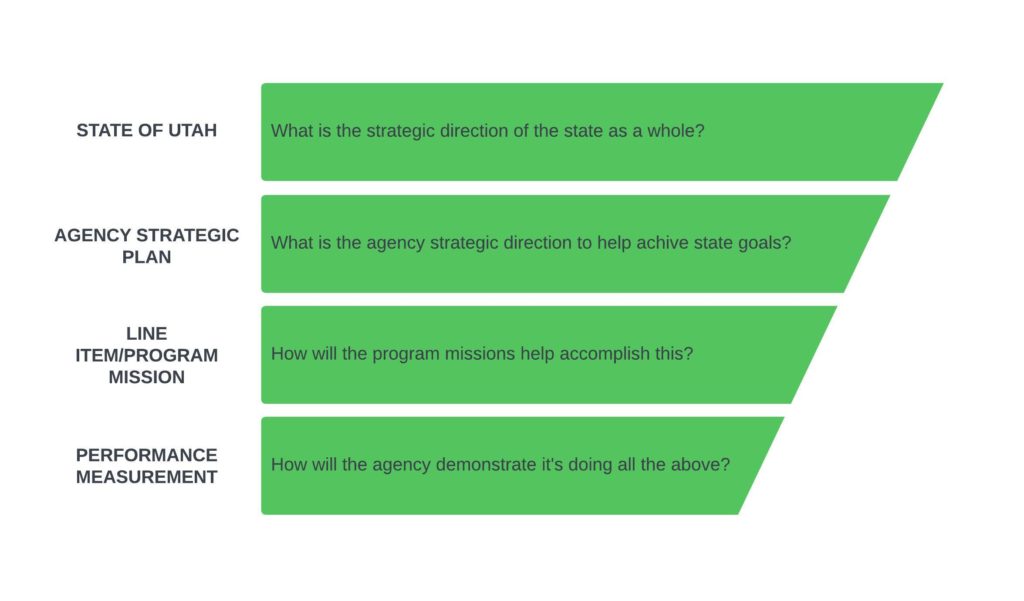
A similar level of alignment is needed for performance measures; they serve as a critical feedback mechanism on how ground level operations are contributing to the objectives of a division, whose contributions roll up to the effectiveness of an agency. As such, performance measures indicate to managers, legislators, and the public whether programs are moving toward an end goal. They should also show how programs are serving citizens, in addition to being a resource for making funding and policy decisions.
There are many approaches that help align performance with strategic direction. One example from a state agency that illustrates this alignment well is Results-based Accountability (RBA). RBA is an framework where each layer of action rolls up to create a unifying message that can be understood in the broader context of budgets. RBA activities can be viewed as working together as one system.
An example of how an organization’s strategic plan and performance metrics can align can be seen in the Department of Health and Human Services (DHHS). They have identified fragmented systems as a barrier to care. Their vision is to serve all individuals and communities in Utah to ensure they live safe and healthy lives through “effective policy and a seamless system of services and programs.”
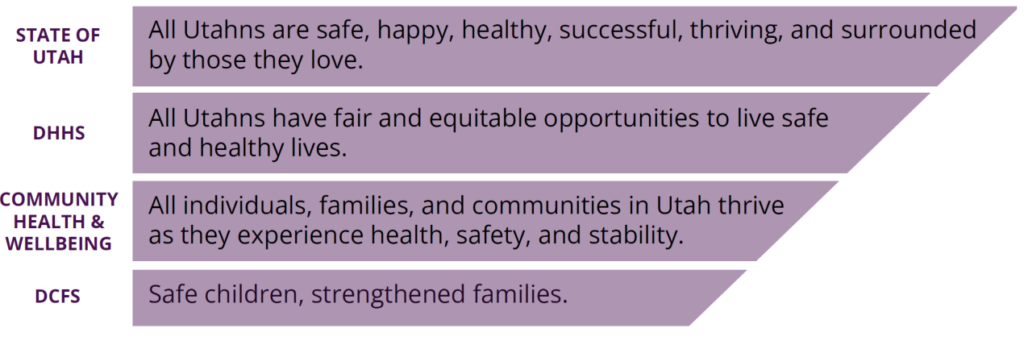
Carrying out this broader mission extends to the individual divisions within the Department. The Division of Child and Family Services (DCFS) within DHHS has a mission to “keep children safe from abuse and neglect through the strengthening of families.” Their vision of focus on the individual through effective policy is embodied in their “individualized, trauma-informed, community-based services that are both safety-driven and family-driven, and the funding of domestic violence shelters and outreach services.”
How DHHS aligns these strategic plans and objectives is reflected in its RBA framework as shown below:

Clearly defining the primary objectives of the program paves the way for measures that are meaningful. From there, agencies can define steps and markers that indicate if they are on the right path to achieving larger outcomes.

In this example, placing children in safe care is tied to keeping children safe from abuse and neglect, DCFS’s mission, and leads to individuals and communities living safe and healthy lives, DHHS’s broader vision. Understanding how a program is performing is really telling legislators and the public how well the Division and Agency are working toward the broader strategic goals of the agency and the State of Utah.
The Legislative Fiscal Analyst (LFA) does not currently prescribe a specific framework for demonstrating progress toward strategic plans, leaving this to agencies to determine how to best organize their work. Instead, LFA ask agencies to provide their performance measures at two levels: the budgetary line item for all existing funding (these measure progress over time) and the new funding item level (these measure the impact of additional funding). Both types of measures give information on how agencies are progressing toward their strategic goals.
Line item measures can be seen in COBI, where trends in funding can be seen alongside trends in performance (on the overview and performance tabs):
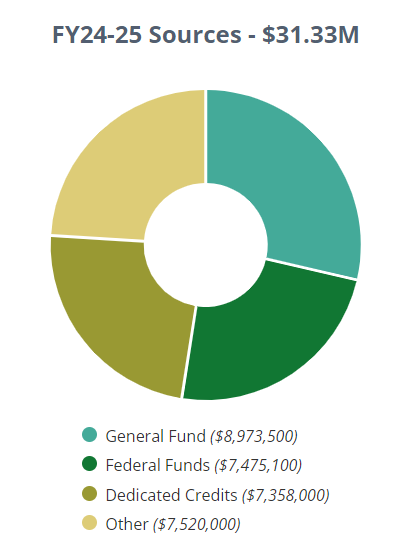
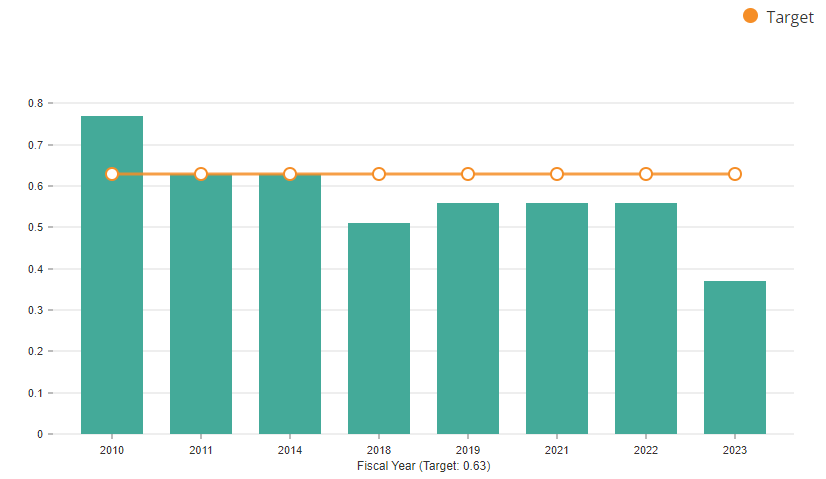
New funding item measures are shown in the Funding Item Follow-up Report, which is intended to capture the impact of new funding, how they were used, and whether performance targets were met.
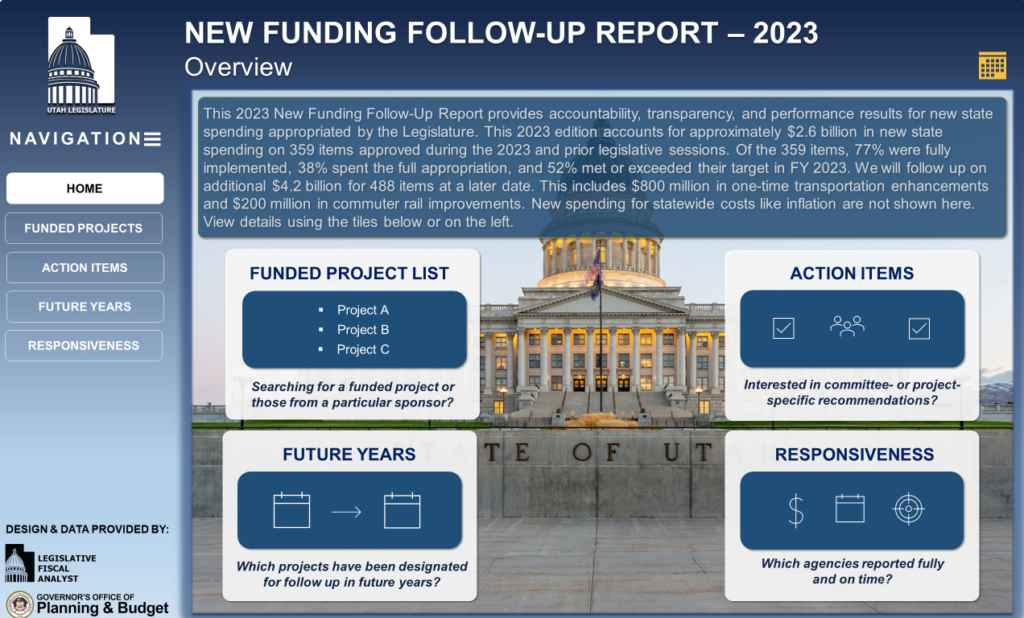
Measuring performance for performance measurement’s sake rarely yields results. Instead, agencies should thoughtfully identify problems, set a strategic vision on how to solve them, and measure progress toward an actionable mission. Policy makers can also play a key role in guiding agencies in their measurement, through the subcommittee budgeting process which establishes performance measures and targets. In this way, the agency, public, and legislators will see a fuller picture of how taxpayer dollars are used to serve the residents of Utah.